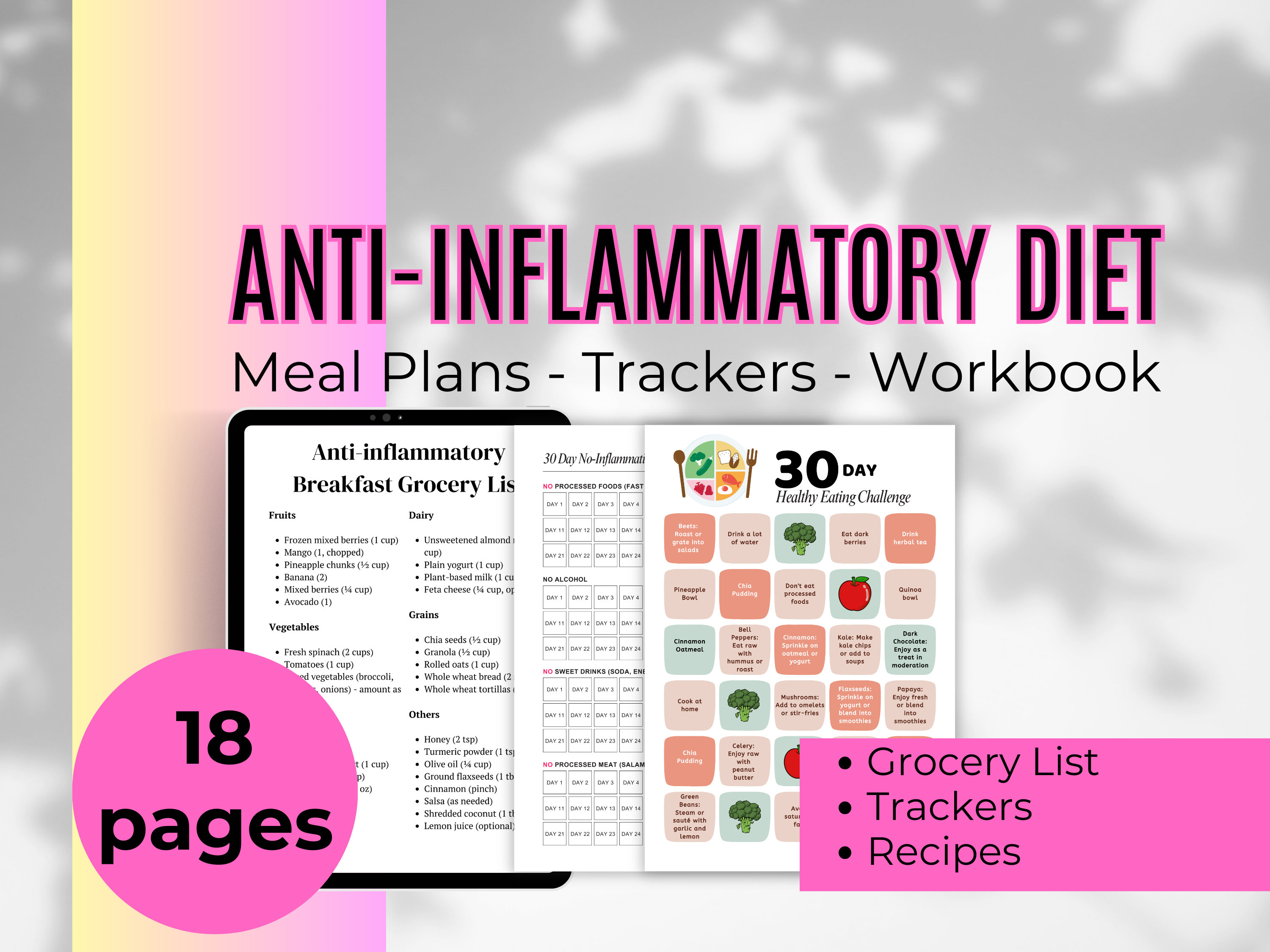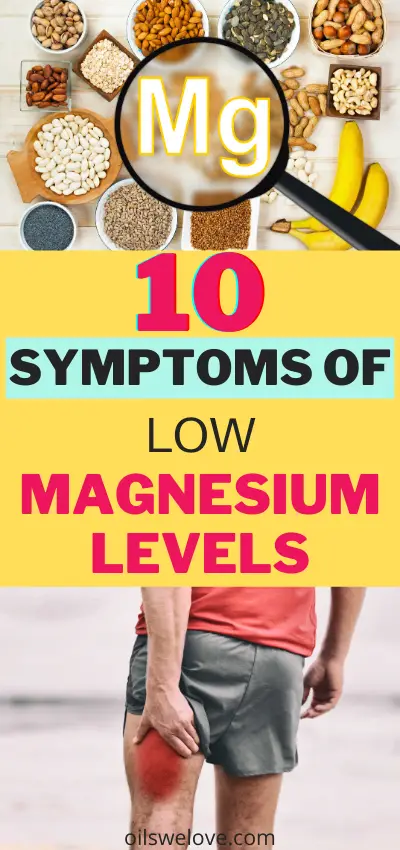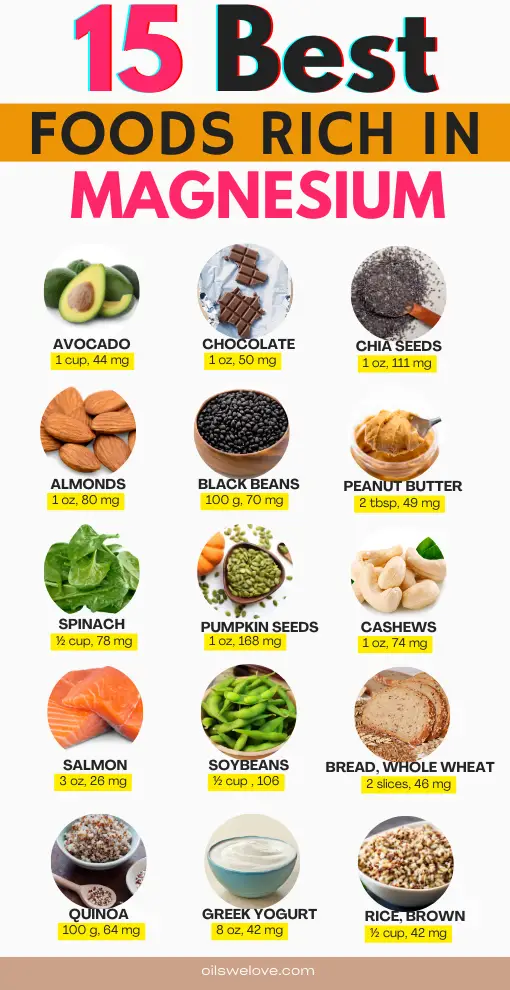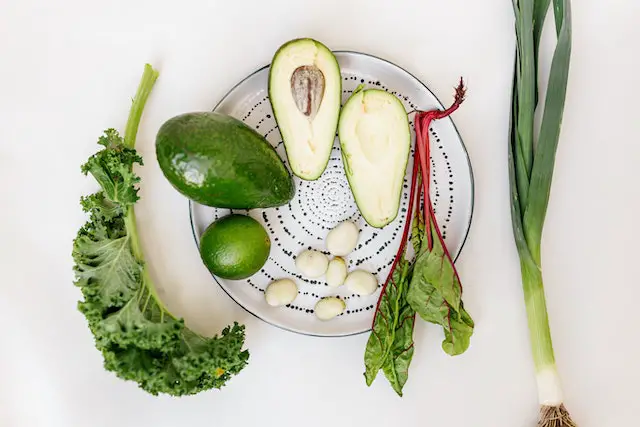Magnesium is an essential mineral that plays a crucial role in various bodily functions. From maintaining a healthy heart rhythm to supporting strong bones, magnesium is vital for the overall well-being of our bodies. Unfortunately, many people don’t consume enough magnesium-rich foods, leading to inadequate magnesium levels. If you find yourself needing to boost your magnesium levels quickly, fret not! In this article, we will explore effective ways to increase your magnesium intake and improve your overall health.
What are the 10 signs of low magnesium?
Low magnesium levels in the body can lead to various symptoms that indicate a deficiency. Here are ten signs to watch out for:
- Muscle cramps and spasms
- Fatigue and weakness
- Irritability and mood swings
- Difficulty sleeping
- Irregular heartbeat
- Poor memory and concentration
- Nausea and digestive issues
- Weakened immune system
- Headaches and migraines
- Joint pain and stiffness
If you experience any of these symptoms, consider evaluating your magnesium intake and consult with a healthcare professional for appropriate recommendations.

- 2-Week anti-inflammatory meal plan.
- 45 Foods that Cause Inflammation
- 31 Things to Avoid on Food Labels
- Grocery Lists. Challenges. Symptoms Tracker

How can I raise my magnesium levels quickly?
If you’re looking to rapidly boost your magnesium levels, it’s essential to focus on consuming foods that are rich in this mineral. While magnesium supplements are widely available, it’s always a better option to obtain nutrients from whole, natural food sources. Not only do these foods provide magnesium, but they also offer additional health benefits.
One way to quickly increase your magnesium levels is by adding nuts and seeds to your diet. Almonds, cashews, and pumpkin seeds are all excellent sources of magnesium. Nuts and seeds are not only convenient and portable snacks but also versatile ingredients that can be incorporated into various dishes. For example, you can sprinkle a handful of almonds or cashews on top of your morning oatmeal or add pumpkin seeds to your salads for an extra crunch. By including these nutrient-dense foods in your meals and snacks, you can easily meet your daily magnesium requirements.
In addition to nuts and seeds, incorporating dark leafy greens like spinach and kale into your meals can significantly contribute to meeting your daily magnesium needs. These greens not only provide a good amount of magnesium but are also packed with other essential nutrients like vitamins A, C, and K, as well as folate and iron. You can enjoy spinach and kale in various ways, such as adding them to salads, sautéing them as a side dish, or blending them into smoothies for a refreshing and nutritious boost.
Another effective strategy is to include more legumes in your diet. Lentils, chickpeas, and black beans not only offer a substantial amount of dietary fiber but are also packed with magnesium. These versatile legumes can be included in various dishes, such as salads, soups, and stews. For example, you can make a hearty lentil soup or a flavorful chickpea salad to increase your magnesium intake while enjoying delicious and satisfying meals.
Additionally, whole grains like quinoa, brown rice, and oats are excellent sources of magnesium. By replacing refined grains with these nutrient-rich alternatives, you can enhance your magnesium intake and improve overall health. Whole grains not only provide magnesium but also offer a good amount of dietary fiber, vitamins, and minerals. You can incorporate whole grains into your diet by swapping white rice with brown rice in your stir-fries, using quinoa as a base for salads or side dishes, or enjoying a warm bowl of oatmeal for breakfast.
10 Foods high in magnesium
Magnesium is an essential mineral that plays a crucial role in many bodily functions. It is involved in over 300 biochemical reactions, including energy production, muscle function, and nerve signaling. While magnesium can be obtained through supplements, it is always best to get it from natural food sources. Here are some foods that are not only delicious but also rich in magnesium:
- Spinach: This leafy green not only offers a wide range of health benefits but is also an excellent source of magnesium. Whether consumed raw in salads or cooked in various dishes, spinach can help boost your magnesium levels. Additionally, spinach is packed with other essential nutrients like vitamins A, C, and K, as well as iron and calcium. Serving Size ½ cup, 78 mg
- Almonds: These crunchy nuts are not only delicious but are also dense in magnesium. A handful of almonds can provide a significant amount of this mineral, making them a convenient and nutritious snack. Almonds are also rich in healthy fats, fiber, and antioxidants, making them a great choice for overall well-being. Serving Size 1 oz, 80 mg
- Avocado: Not only is avocado a tasty addition to meals and snacks, but it also happens to contain a good amount of magnesium. Adding avocado to your diet can help increase your magnesium levels while also providing valuable healthy fats. Avocados are also a great source of vitamins C, E, K, and B-6, as well as folate and potassium. Serving Size 1 cup, 44 mg
- Salmon: This fatty fish is not only a fantastic source of omega-3 fatty acids but also boasts reasonable magnesium levels. Including salmon in your diet can provide you with an array of health benefits, including a magnesium boost. Moreover, salmon is rich in high-quality protein, vitamin D, and various other essential nutrients. Serving Size 3 oz, 26 mg
- Quinoa: As a versatile grain alternative, quinoa is not only rich in protein, fiber, and various nutrients but is also a valuable source of magnesium. Replacing traditional grains with quinoa can help increase your magnesium intake. Quinoa is also gluten-free and contains all the essential amino acids, making it a complete protein source. Serving Size 100 g, 64 mg
- Dark Chocolate: Good news for chocolate lovers! Dark chocolate is not only rich in flavor but also contains a decent amount of magnesium. Indulging in a small piece of dark chocolate can be a tasty way to raise your magnesium levels. Serving Size 1 oz, 50 mg
- Black Beans: These legumes are not only a versatile ingredient in various dishes but are also an excellent source of magnesium. Adding black beans to your salads, soups, or main dishes can help increase your magnesium intake. Serving Size 100 g, 70 mg
- Pumpkin Seeds: These tiny seeds are not only delicious but are also packed with magnesium. Snacking on pumpkin seeds or adding them to your salads, oatmeal, or baked goods can help raise your magnesium levels. Serving Size 1 oz, 168 mg
- Soybeans: Whether consumed as edamame, tofu, or soy milk, soybeans offer a good amount of magnesium along with plant-based protein. ½ cup serving of dry roasted soybeans, 106 mg magnesium.
- Greek yogurt: Besides being a good source of calcium and protein, Greek yogurt contains magnesium that contributes to a balanced diet. Serving Size 8 oz, 42 mg

Magnesium Levels: A Guide to Eating Right
While it’s important to focus on consuming foods rich in magnesium, it’s equally crucial to understand the role of a balanced diet in maintaining optimal magnesium levels. Along with magnesium-rich foods, it’s essential to incorporate a variety of nutrient-dense foods into your meals.
Fruits and vegetables are not only a great source of vitamins and minerals but also provide antioxidants that have numerous health benefits. Aim to include a wide array of colorful fruits and vegetables in your diet, as each color offers unique nutrients.
Include lean sources of protein, such as chicken, turkey, and tofu, in your meals to support muscle growth and repair. Additionally, incorporating healthy fats, like olive oil and avocados, can aid in the absorption of fat-soluble vitamins and provide a feeling of satiety.
Finally, hydration plays a crucial role in maintaining overall health, including magnesium levels. Make sure to drink an adequate amount of water throughout the day to support proper hydration and mineral balance in the body.
In conclusion, rapidly boosting magnesium levels is achievable through conscious dietary choices. By incorporating magnesium-rich foods such as spinach, almonds, avocado, salmon, and quinoa into your daily meals, you can effectively increase your magnesium intake. Additionally, maintaining a well-rounded diet and an active lifestyle can further contribute to maintaining optimal magnesium levels in your body.




